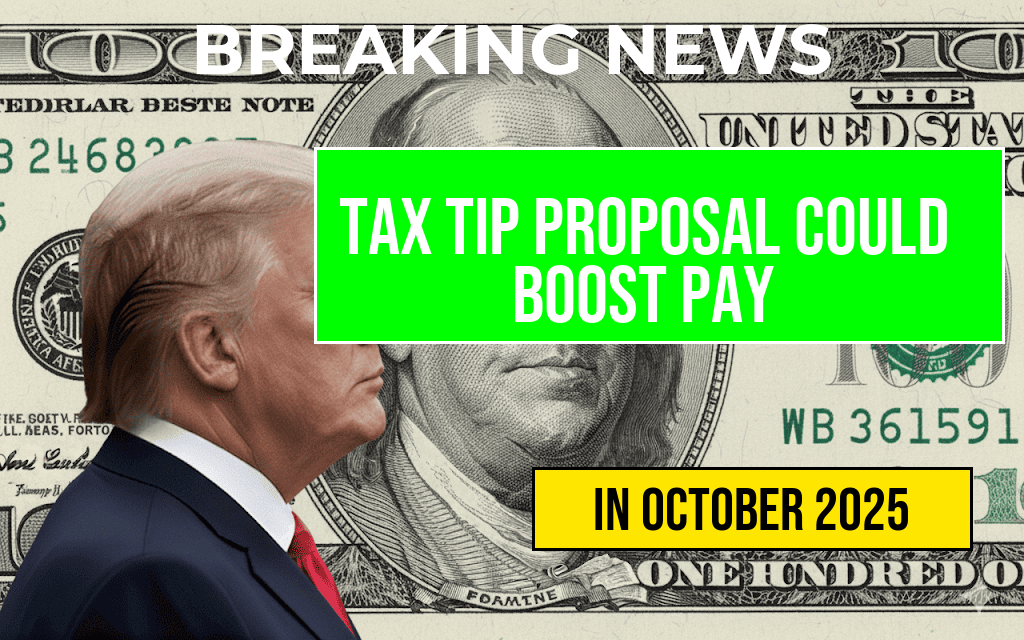Retiree Bracket Creep Reset for 2026 Could Save You Over $500—See the Updated Income Thresholds
Changes set to take effect in 2026 could significantly impact retirees’ tax obligations, with some individuals potentially saving over $500 annually. The upcoming adjustment relates to “bracket creep,” a phenomenon where inflation pushes income into higher tax brackets over time, even if real purchasing power remains stagnant. The IRS has announced a reset of the income thresholds for the Social Security taxation limits and related tax brackets, aiming to counteract this effect. Understanding these adjustments is crucial for retirees planning their finances, especially those nearing the thresholds that determine whether their Social Security benefits are taxable or if they face higher marginal tax rates.
What Is Bracket Creep and Why Resetting Thresholds Matters
Bracket creep occurs when inflation causes income levels to gradually shift into higher tax brackets, leading to increased tax liabilities without an actual increase in real income. For retirees, this can mean more of their Social Security benefits become taxable, reducing their net income. The IRS periodically adjusts income thresholds to account for inflation; however, with the upcoming 2026 reset, these thresholds will be recalibrated more aggressively to offset inflation’s effects. This move aims to preserve retirees’ purchasing power and ensure that taxation remains proportionate to real income levels.
Updated Income Thresholds for 2026
The IRS has announced the revised income brackets for determining whether Social Security benefits are taxable, which will be effective starting in 2026. These thresholds are adjusted based on inflation metrics, primarily the Consumer Price Index (CPI). The key figures include:
| Filing Status | Base Amount (Single / Head of Household) | Base Amount (Married Filing Jointly) | Additional Income Threshold |
|---|---|---|---|
| Lower Threshold | $25,000 | $32,000 | Up to 50% of benefits taxable |
| Upper Threshold | $34,000 | $44,000 | Up to 85% of benefits taxable |
These figures are notably higher than current thresholds, which means fewer retirees will face taxation on their Social Security income. For example, under the new thresholds, a single retiree earning $30,000 in combined income could see their taxable benefits decrease, potentially saving over $500 per year in taxes.
Impact on Retirees and Tax Planning Strategies
Retirees with income levels near these thresholds should review their financial situations ahead of the 2026 changes. Those whose income just exceeds the lower limit may find their taxable benefits reduced or eliminated, depending on their total income and filing status. This adjustment is especially relevant for retirees relying on investment income, pensions, or part-time work to supplement Social Security.
Financial advisors recommend that retirees consider strategic withdrawals and income timing to maximize tax efficiency. For instance, delaying distributions from retirement accounts or timing conversions might help keep income below the new thresholds, preserving more of their benefits tax-free.
Additional Considerations and Resources
- Inflation Adjustment Mechanism: The thresholds are indexed to inflation, which can fluctuate, impacting future years’ tax planning.
- Means Testing and Other Benefits: Changes in income thresholds could also influence eligibility for certain benefits and programs.
- Official Guidance: The IRS provides comprehensive details on the thresholds and tax rules on their website.
For more detailed information on how inflation adjustments influence tax brackets, you can explore entries on Wikipedia’s Tax Bracket page. Additionally, consulting a financial advisor can help tailor strategies to individual circumstances, especially as these thresholds evolve.
Frequently Asked Questions
What is the Retiree Bracket Creep Reset for 2026?
The Retiree Bracket Creep Reset for 2026 is a policy update that adjusts income thresholds to prevent bracket creep among retirees. This reset helps ensure that retirees do not move into higher tax brackets solely due to inflation, potentially saving them over $500 annually.
How do the income thresholds change for retirees in 2026?
The income thresholds for various retirement income brackets are increased to reflect inflation, allowing retirees to earn more without facing higher taxes. Specific updated thresholds can be found in the latest IRS guidelines, helping retirees plan their finances accordingly.
Who benefits the most from the 2026 bracket reset?
Retirees with moderate to high income levels, especially those with income just above previous thresholds, will benefit the most. This reset can reduce tax liabilities and improve overall retirement income by preventing unnecessary tax bracket increases.
Will the bracket thresholds continue to be adjusted in future years?
Yes, the IRS typically adjusts income thresholds annually for inflation. The 2026 reset is part of this ongoing process, aiming to keep tax brackets aligned with inflation and maintain fair taxation for retirees.
How can retirees maximize their savings with these updates?
Retirees should review the updated income thresholds and consider strategies such as tax-efficient withdrawals or timing of income to stay within lower tax brackets. Consulting a financial advisor can help optimize benefits and ensure they take full advantage of the 2026 reset.










